Public transport systems are entering a phase of major reform as new rules redefine how people move each day. Between 2021 and 2025, transport authorities have introduced multiple regulations to improve efficiency, reduce emissions, and enhance passenger safety. These changes aim to modernize how vehicles operate and how passengers experience daily travel. Below are seven new regulations that may significantly influence your commute in the coming years.
1. Zero-Emission Fleet Transition Requirement
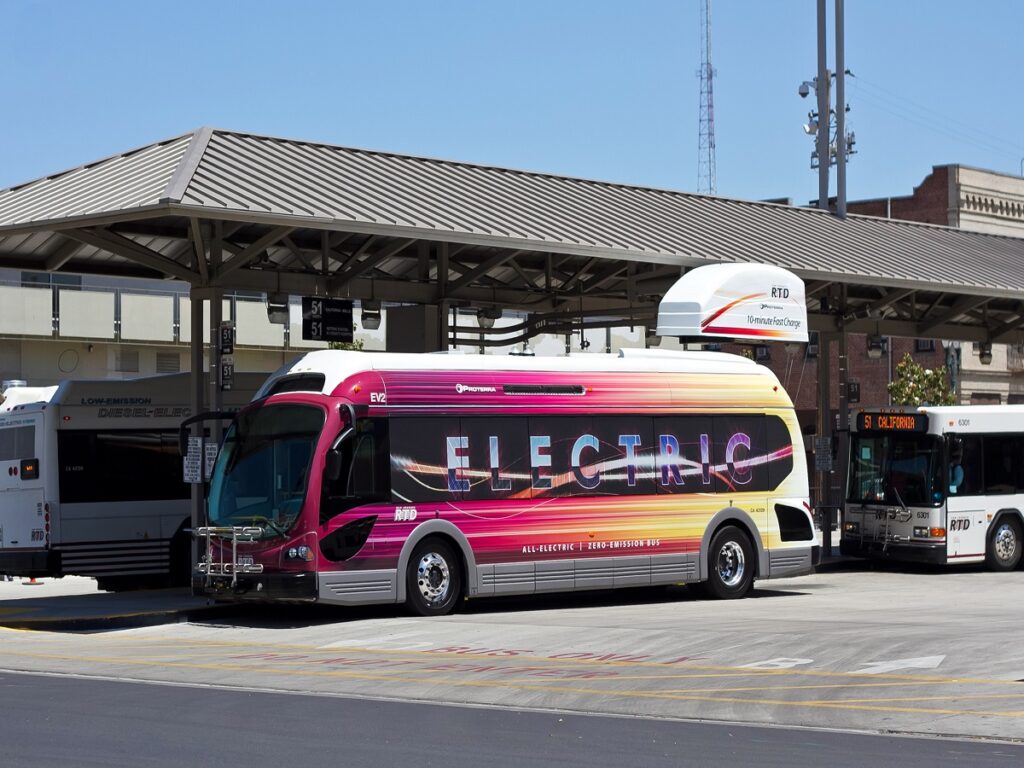
Introduced in 2023, this rule mandates that newly acquired buses and trains must operate on zero-emission technology. Transport agencies are required to ensure at least 35% of their active fleet meets these standards by 2026. This shift not only reduces carbon output but also decreases fuel dependency. Commuters can expect quieter, cleaner rides, though some routes may experience adjustments as older vehicles are gradually phased out to comply with these environmental targets.
2. Smart Ticketing Integration Policy
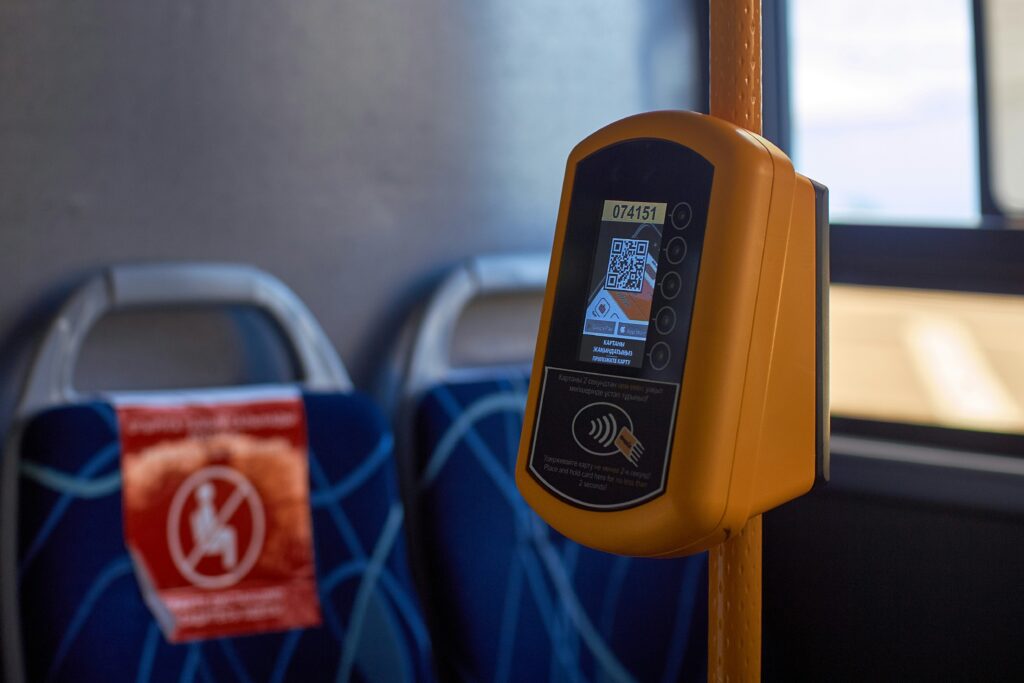
Established in 2024, this policy requires all public transport operators to adopt integrated ticketing systems. Passengers can now access multiple modes of transport with one payment card or mobile app. Around 60% of networks are expected to comply by 2025. While this simplifies fare payment, the transition phase could temporarily disrupt existing passes. The regulation seeks to enhance convenience, reduce paper waste, and standardize fare systems across connected transport modes.
3. Passenger Data Transparency Regulation

In force since 2022, this rule compels transport operators to share real-time data on schedules, delays, and service changes. Approximately 80% of networks have implemented open-data platforms since the rule’s adoption. This helps commuters plan efficiently and enables third-party apps to offer live updates. However, agencies must balance transparency with data privacy concerns, ensuring passenger information remains protected while improving service reliability.
4. Vehicle Accessibility Expansion Rule
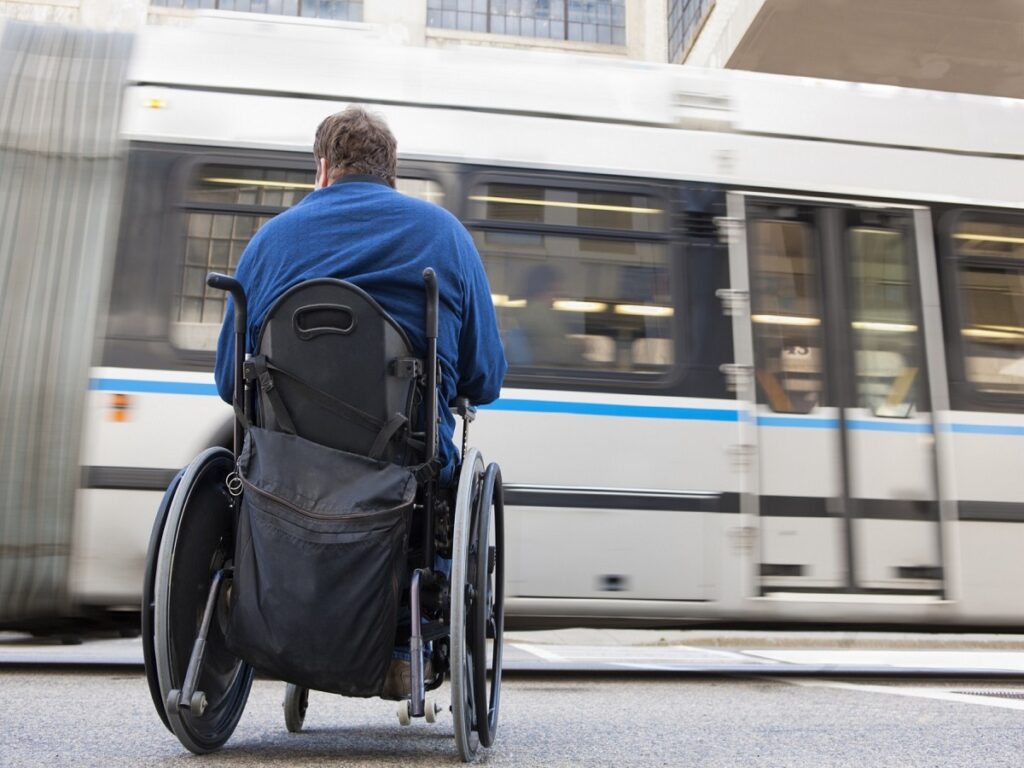
Adopted in 2021, this regulation ensures that all new buses, trams, and rail vehicles meet accessibility design standards. Requirements include tactile flooring, wider doors, and priority seating signage. By 2027, all new vehicles must be fully compliant. This aims to improve mobility for passengers with disabilities and older adults. Commuters may notice modified interiors or adjusted boarding times as operators retrofit existing fleets to meet these inclusive design criteria.
5. Enhanced Driver Qualification Standards

Implemented in 2023, this rule raises minimum training hours for transport drivers from 80 to 120 hours, including modules on fatigue management and emergency response. The change was introduced after safety assessments showed a 15% decrease in incidents where similar standards were piloted. Commuters benefit from safer journeys, though training schedules may slightly affect service frequency during rollout periods as operators adjust staffing levels.
6. Sustainable Fuel Usage Mandate
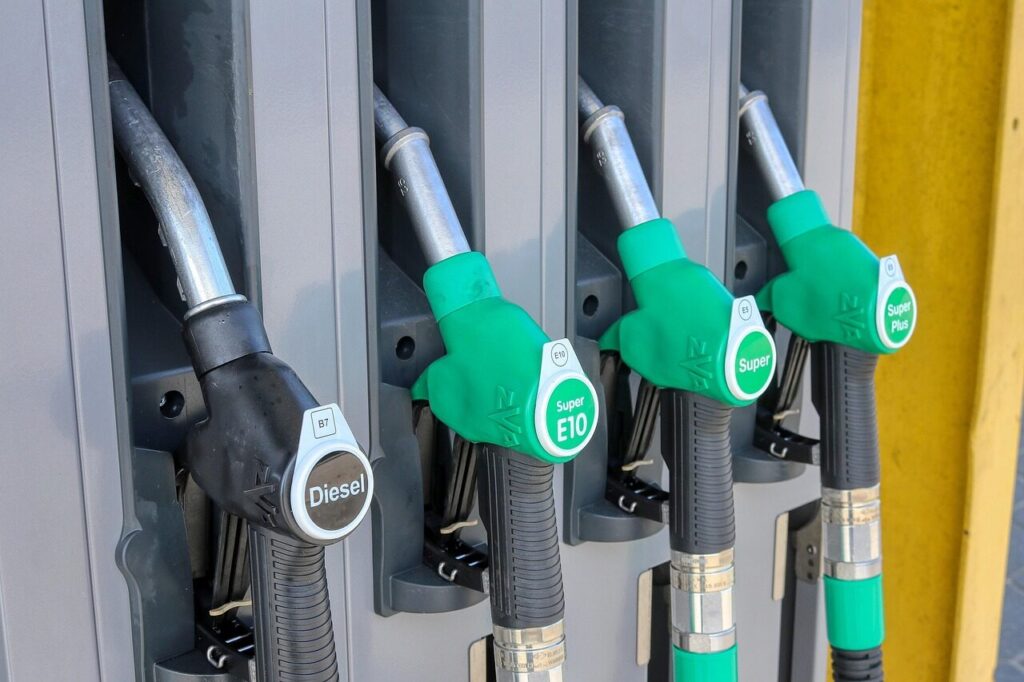
This 2024 directive obliges public transport fleets to use at least 20% sustainable or bio-based fuels in operations. The rule targets a 10% reduction in greenhouse gas emissions by 2026. Agencies that fail to comply face operational penalties. For passengers, the impact includes minor fare adjustments to cover fuel transitions, but overall benefits include cleaner air quality and quieter vehicle engines, contributing to healthier commuting environments.
7. Passenger Safety Surveillance Requirement
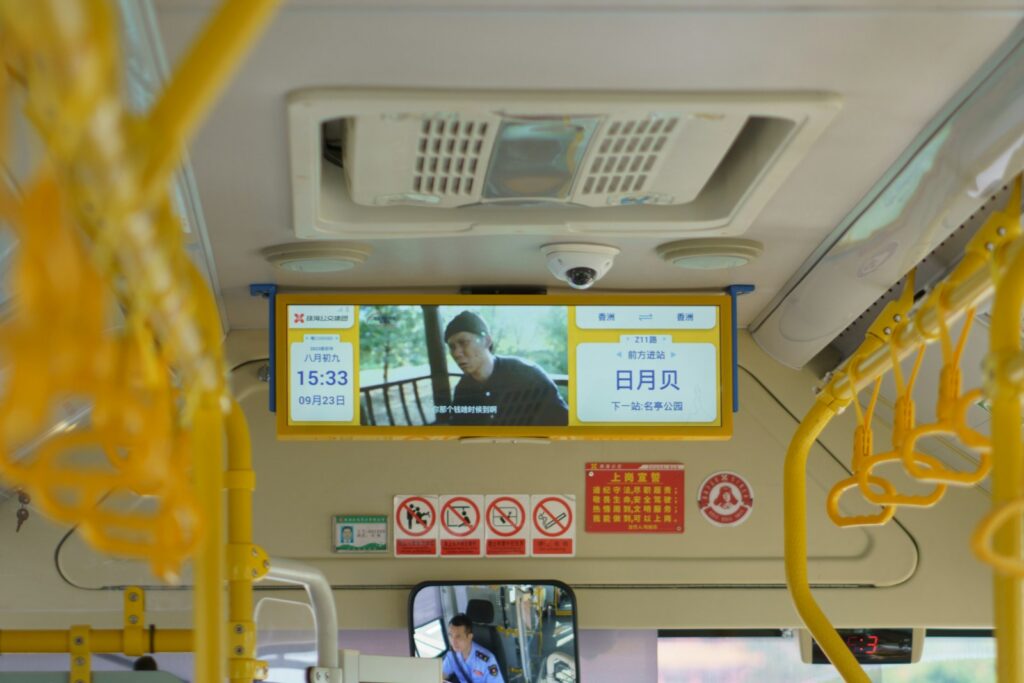
Enforced in 2022, this regulation requires the installation of real-time surveillance and alert systems in all public vehicles. Around 75% of major networks have completed installations by mid-2024. These systems enhance security through automatic incident detection and driver assistance alerts. Passengers may observe more visible cameras and communication panels onboard, reflecting a broader effort to prevent misconduct and ensure rapid responses to emergencies during travel.
Comments